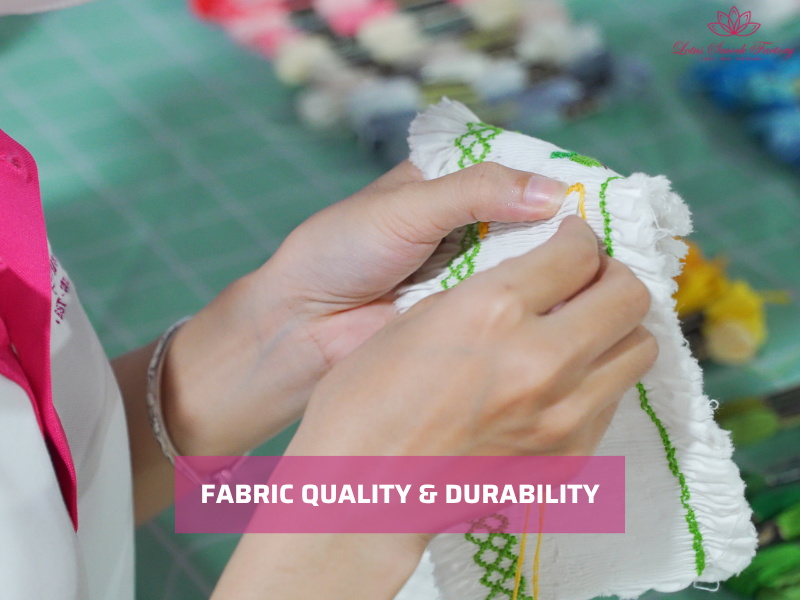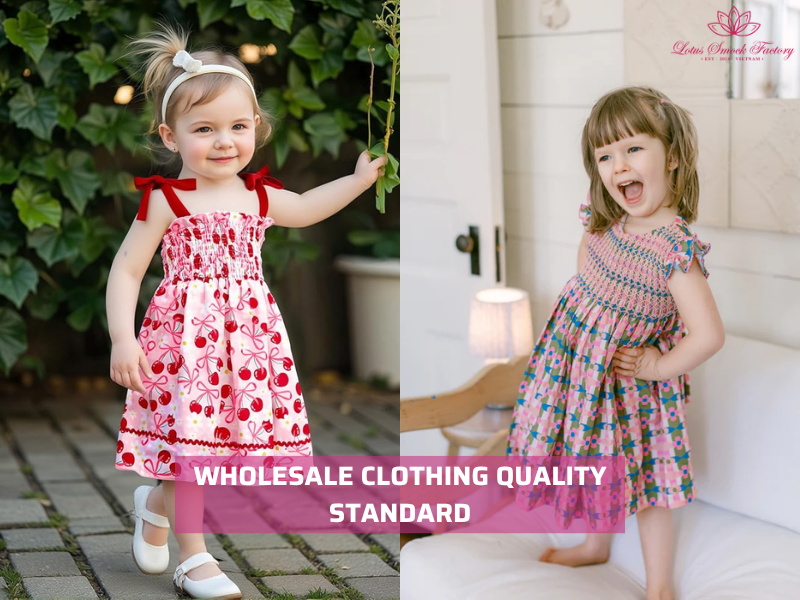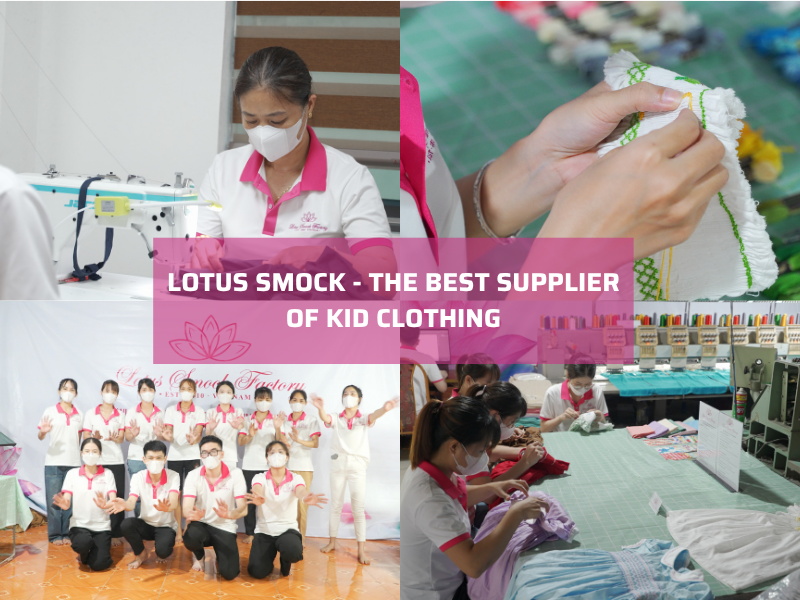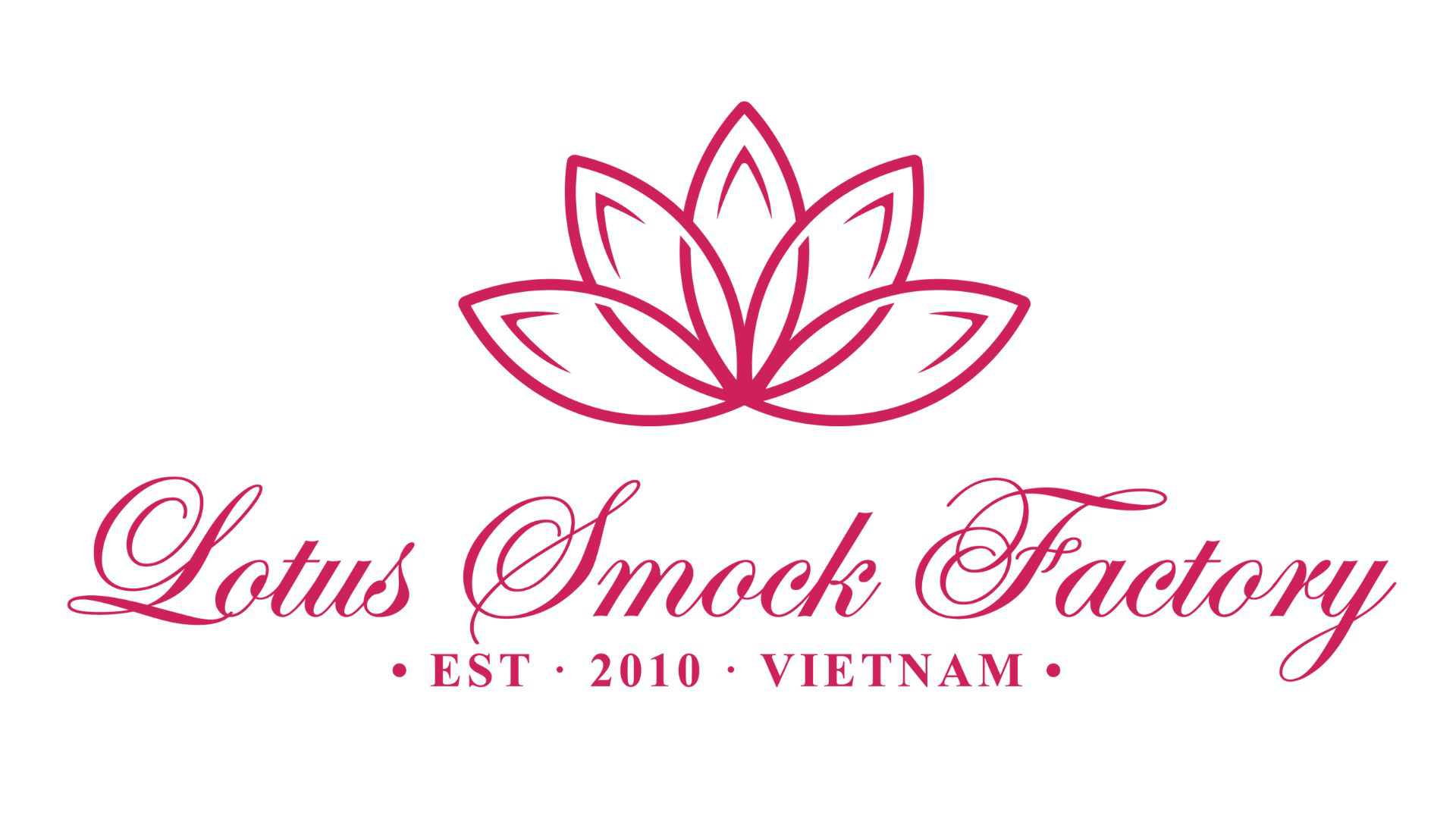Top 10 Wholesale Clothing Quality Standards Every Boutique Owner Must Know
Boutiques and small businesses often use wholesale clothing quality standards to evaluate bulk apparel before purchase. These standards cover fabric durability, stitching, sizing consistency, safety compliance, and packaging. Understanding wholesale clothing quality standards helps you select reliable suppliers and make confident purchasing decisions.
In this guide, you will learn the top standards for bulk clothing, practical tips for inspections, and how to work with suppliers to keep your boutique inventory high-quality and appealing.
1. Why Wholesale Clothing Quality Standards Matter
Wholesale clothing quality standards refer to the set of criteria used to check bulk apparel for consistency, durability, and safety before a boutique or retailer stocks it. These standards help you maintain customer satisfaction and reduce returns. They also protect your boutique’s reputation by offering reliable, high-quality products.
By following wholesale clothing quality standards, you can:
- Prevent defects in bulk orders: Avoid loose threads, uneven stitching, or faulty zippers that frustrate buyers.
- Guarantee consistency across sizes and styles: Customers expect the same fit and finish across all pieces in the same batch.
- Build trust with repeat customers: Delivering quality items reinforces your boutique’s credibility.
For example, a holiday smocked dress with uneven stitching can ruin a customer’s photoshoot or gift presentation, leading to refunds and negative reviews. Therefore, adhering to quality standards stops these issues and ensures your customers receive the value they expect.
These standards will also help you compare suppliers effectively and select wholesale partners who consistently meet your boutique’s expectations.
2. Top 10 Wholesale Clothing Quality Standards You Must Check
When you buy clothing in bulk, quality matters as much as quantity. Wholesale clothing quality standards help boutiques maintain consistent products and satisfied customers.
Following these standards minimizes returns, protects your brand reputation, and ensures each garment meets expectations before it reaches your store.
2.1. Fabric Quality & Durability
Fabric quality is the backbone of wholesale clothing. Check for resistance to pilling, shrinkage after washing, and colorfastness to prevent fading. Typical fabrics include cotton, linen, and polyester blends. In bulk orders, verify the weave consistency, thread density, and texture.
High-quality fabrics last longer, maintain shape, and keep boutique customers satisfied. Always request fabric swatches or test a sample before committing to large orders.
Key points:
- Pilling resistance
- Shrinkage tests
- Colorfastness under light and wash
- Consistent weave and texture

2.2. Stitching & Seam Strength
Stitching defines garment durability. Double stitching provides extra strength over single stitching, especially for children’s wear. Check for loose threads, skipped stitches, or uneven seams.
Weak stitching increases returns and reduces resale value. For bulk orders, inspect a few garments from each size to confirm consistent sewing quality.
Key points:
- Double vs single stitching
- Loose threads and skipped stitches
- Seam alignment and tension consistency
2.3. Size Consistency & Fit Standards
Size consistency avoids fitting issues. Compare ISO sizing charts against US/UK standards. Inconsistent sizing frustrates customers and drives returns. Check samples for length, width, and arm/leg proportions. Consistent sizing across a batch builds boutique credibility and reduces complaints.
Key points:
- Compare with ISO and local standards
- Check critical dimensions
- Batch consistency
2.4. Colorfastness & Dye Quality
Dye stability is critical for visual appeal. Perform wash tests, rub tests, and UV exposure checks. This ensures colors do not bleed, fade, or stain other garments. Colorfastness is especially important for boutique displays or holiday-themed apparel.
Key points:
- Wash and rub tests
- UV/light exposure
- Staining or color transfer prevention
2.5. Safety & Compliance Standards
Compliance protects your boutique and customers. Look for CPSIA (US), REACH (EU), or OEKO-TEX certification for children’s clothing. These certifications confirm materials are free from harmful chemicals and metals.
Key points:
- CPSIA, REACH, OEKO-TEX
- Nickel-free hardware
- Flame-retardant fabrics where required
2.6. Acceptable Quality Level (AQL) in Bulk Orders
AQL defines the maximum defective items allowed per batch. For instance, an AQL 2.5 allows 2–3 defective pieces per 100. Verify with suppliers to avoid bulk losses.
Key points:
- Maximum defect rate
- Inspect samples per batch
- Use AQL to negotiate quality thresholds
2.7. Labels & Care Instructions
Proper labeling is legally required and helps customers maintain clothing. Include fiber content, washing instructions, and safety notices. Mislabeling can lead to returns or compliance issues.
Key points:
- Fiber content and country of origin
- Washing and care instructions
- Compliance labels
2.8. Packaging Standards for Bulk Clothing
Packaging prevents damage during shipping. Fold garments neatly, use polybags, and include hangtags if required. Poor packaging leads to wrinkled, torn, or soiled items before reaching boutiques.
Key points:
- Proper folding and bagging
- Label placement
- Protection during transit
2.9. Ethical & Sustainability Standards
Consumers increasingly demand eco-friendly apparel. Check for GOTS-certified organic fabrics, Fair Trade, or WRAP compliance. Sustainability can enhance boutique appeal and justify higher margins.
Key points:
- Organic certifications
- Ethical labor compliance
- Eco-friendly materials
2.10. Supplier Quality Control Processes
Strong QC processes ensure consistent quality. Look for pre-production samples, in-line inspections, and final checks. A supplier with QC teams saves boutiques time and reduces post-delivery issues.
Key points:
- Pre-production sample review
- In-line inspection during production
- Final inspection before shipping
=>> Read more: Baby Fashion Trends This Season: Top 10+ Outfits Every Boutique Should Stock
3. How to Check Wholesale Clothing Quality Before Buying
Before you commit to a bulk order, checking wholesale clothing quality saves time, money, and customer complaints. Use this step-by-step checklist to evaluate each garment and confirm that it meets boutique standards. These steps help you maintain consistent quality across sizes and styles, reduce returns, and protect your boutique’s reputation.

Step-by-Step QC Checklist for Boutique Buyers
- Request a Pre-Production Sample: Ask the supplier for a sample before placing a large order. Check the fabric, stitching, and overall finish.
- Inspect Stitching & Seams: Look for skipped stitches, loose threads, or uneven seams. Ensure double stitching in stress points.
- Check Sizing & Fit: Compare sizes against charts (ISO, US, UK). Ensure consistency across multiple samples.
- Test Fabric Strength & Durability: Perform gentle stretch tests and evaluate softness. Check for pilling or weak spots.
- Wash & Iron Test: Run a sample through a wash cycle. Iron according to care instructions to see if fabric or colors distort.
- Review Labels & Compliance: Verify care instructions, safety certifications, and legal requirements (CPSIA, REACH, OEKO-TEX).
- Start Small: Place a small MOQ order first to validate quality before scaling up.
4. Top Suppliers That Follow Strict Wholesale Clothing Quality Standards
When sourcing wholesale clothing, boutique owners benefit from suppliers that strictly follow quality standards. Choosing the right supplier ensures consistent products, fewer returns, and customer satisfaction. Below are examples of trusted suppliers that maintain high-quality controls for children’s clothing.
4.1. Lotus Smock (Vietnam)
Lotus Smock specializes in smocked children’s clothing wholesale, providing boutique owners with premium, handcrafted garments designed for both everyday wear and special occasions.
Each piece is created by skilled Vietnamese artisans who focus on traditional hand-smocking techniques, delicate embroidery, and attention to detail. The brand caters specifically to boutiques and small businesses that value heirloom-quality children’s clothing with boutique appeal.
Lotus Smock has key strengths:
- Handmade craftsmanship: Every dress, romper, or outfit is hand-smocked and embroidered, giving each piece a visible, premium finish.
- Low Minimum Order Quantity (MOQ): Boutiques can order as few as 30 pieces per style, making it accessible for small businesses and seasonal collections.
- Rigorous Quality Control: Lotus Smock implements pre-production sampling, in-line inspections during production, and final inspection before shipping to maintain consistent quality.
- Customization Options: Buyers can request personalized monograms, thread color changes, festive motifs, and matching sibling sets, allowing boutiques to offer exclusive collections.
- Seasonal Collections: Lotus Smock offers ready-to-stock collections for Christmas, Easter, Halloween, Valentine’s Day, and other key events, helping boutiques align inventory with high-demand seasons.
- Durability & Longevity: The use of high-quality fabrics and meticulous stitching ensures products withstand repeated washes, reducing returns and increasing customer satisfaction.
- Flexible Sizing & Style Mix: With sizes ranging from 3M to 6Y and mix-and-match options, boutiques can cater to a broad range of customers without overstocking.
Why Boutiques Prefer Lotus Smock:
Lotus Smock combines handmade quality, boutique-focused customization, and reliable delivery timelines, making it a top choice for shops aiming to provide heirloom-quality, visually appealing children’s clothing. The combination of seasonal designs, small batch flexibility, and high craftsmanship gives boutique owners a competitive advantage in both retail and pre-order markets.

Contact Lotus Smock to Start Your Halloween Order:
- Facebook: facebook.com/lotussmockfactory
- WhatsApp: +84 83 333 3498
- Youtube: youtube.com/@LotusSmockFactory
4.2. US/EU Supplier
Some US and EU-based suppliers also provide wholesale children’s clothing, such as Mini Boden or Ralph Lauren Kids, for higher-end markets.
Comparison with Lotus Smock:
- Larger MOQs (50–100 pcs minimum) limit flexibility for small boutiques
- Mass-produced designs may lack the handcrafted appeal
- Higher pricing per unit
- Less scope for personalized embroidery or sibling matching sets
=> For boutique owners, Lotus Smock offers a boutique-focused alternative: lower MOQ, fully handmade details, and customizable designs while maintaining strict quality standards. This combination gives boutiques a competitive edge in resale and customer satisfaction.
5. Common Problems Boutique Owners Face with Wholesale Clothing
When sourcing wholesale clothing, boutique owners often encounter issues that can affect resale value and customer satisfaction. Recognizing these problems and knowing how to address them helps maintain boutique reputation and reduce returns.
Inconsistent sizing across batches
Some suppliers may produce garments with slight variations between batches. This can confuse customers and lead to returns.
=> You should request pre-production samples, verify measurements using a standard sizing chart, and ask suppliers for detailed size tables before ordering.
Fabric shrinkage after wash
Certain fabrics may shrink slightly after washing, impacting fit and presentation.
=> To fix it, you pre-wash sample pieces to test shrinkage and advise customers on washing instructions. Choose suppliers who pre-shrink fabrics when possible.
Misaligned embroidery or print defects
Embroidery or prints may shift or appear uneven, especially in mass-produced garments.
=> You inspect pre-production samples for alignment, request in-line quality checks, and work with suppliers that provide clear photos of finished designs.
Lack of compliance (especially in children’s clothing)
Non-compliant items can fail safety standards, such as CPSIA (US) or REACH (EU), posing a risk to children and legal liability for boutiques.
=> Boutique owners verify supplier certifications, request compliance documentation, and avoid garments that do not meet recognized safety standards.
By addressing these common problems proactively, boutiques can maintain consistent quality, reduce returns, and build trust with customers. Proper supplier communication, pre-production checks, and small batch testing are key strategies for success.
=>>> Read more: How to Maximize Embroidery Business Profit Margin: A Complete Guide for Small Businesses
6. FAQs About Wholesale Clothing Quality Standards
Q1: What is the most common standard checked in wholesale clothing?
Boutique owners often focus on fabric quality, stitching, and size consistency. These standards ensure garments are durable, fit properly, and look professional. Checking colorfastness and trim durability is also common for children’s clothing.
Q2: Do small boutiques need to follow ISO or AQL?
Small boutiques do not have to comply with ISO or AQL formally. However, adopting these standards internally helps maintain quality and reduces returns. Using AQL as a guideline allows boutiques to accept small tolerances in bulk orders while keeping overall quality high.
Q3: How do I check if children’s clothing is safe?
Inspect labels for CPSIA (US), REACH (EU), or OEKO-TEX certifications. Avoid clothing with small detachable parts that could pose choking hazards. Confirm fabrics are free from harmful chemicals and that fasteners are nickel-free. Request compliance documents from suppliers if needed.
Q4: What MOQ should I start with if I want strict QC?
Starting with a small MOQ, such as 30–50 pieces per style, allows you to check quality before scaling up. Small batches help identify defects, test customer preferences, and maintain control over production standards.
7. Final Words
Wholesale clothing quality standards protect your boutique’s reputation and maximize resale value. By checking fabric, stitching, sizing, and compliance, you reduce returns and satisfy customers.
Partnering with suppliers like Lotus Smock gives access to hand-smocked children’s clothing that meets strict quality standards with low MOQs and customizable designs. Use this guide to stock reliable, premium clothing confidently.

